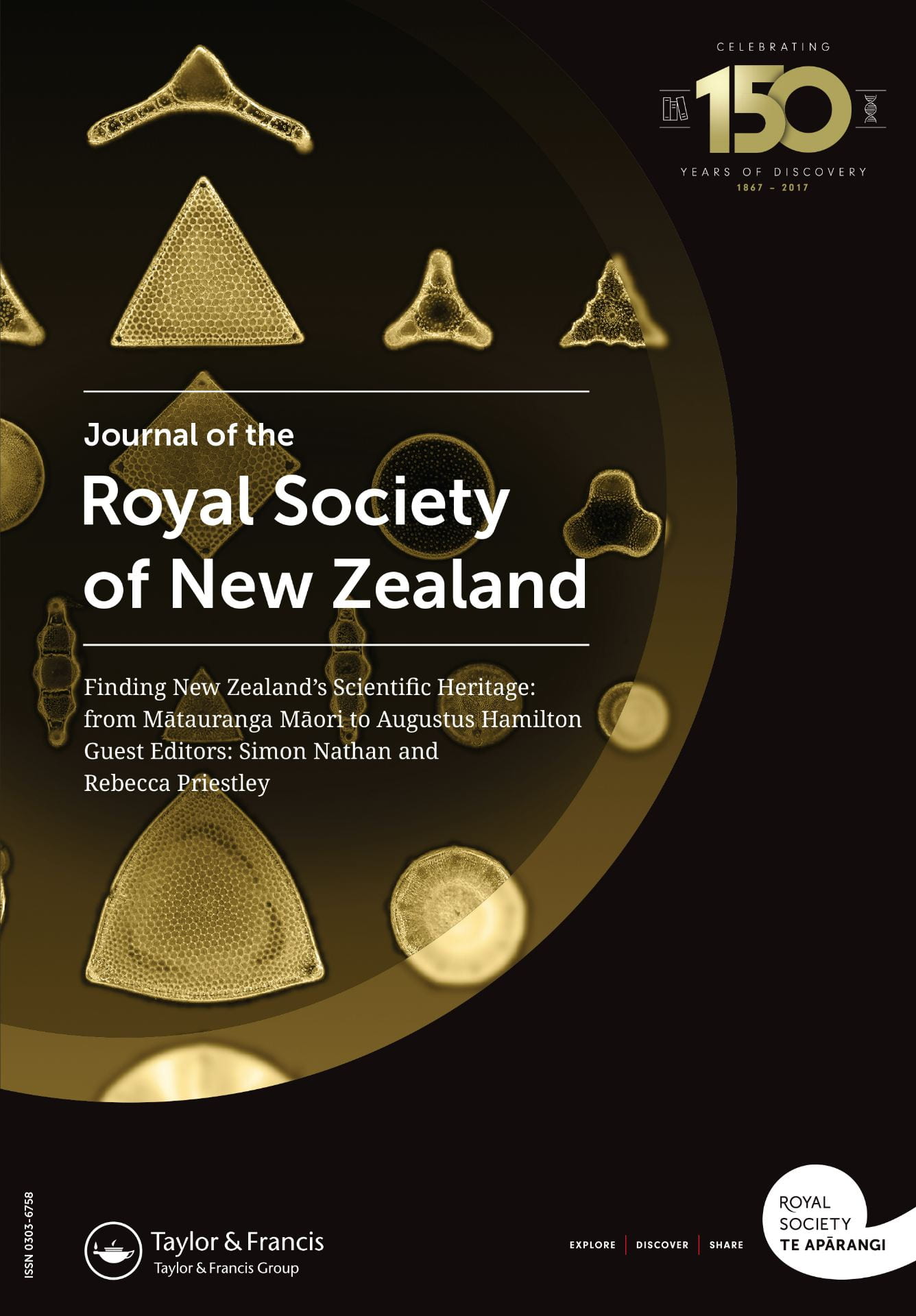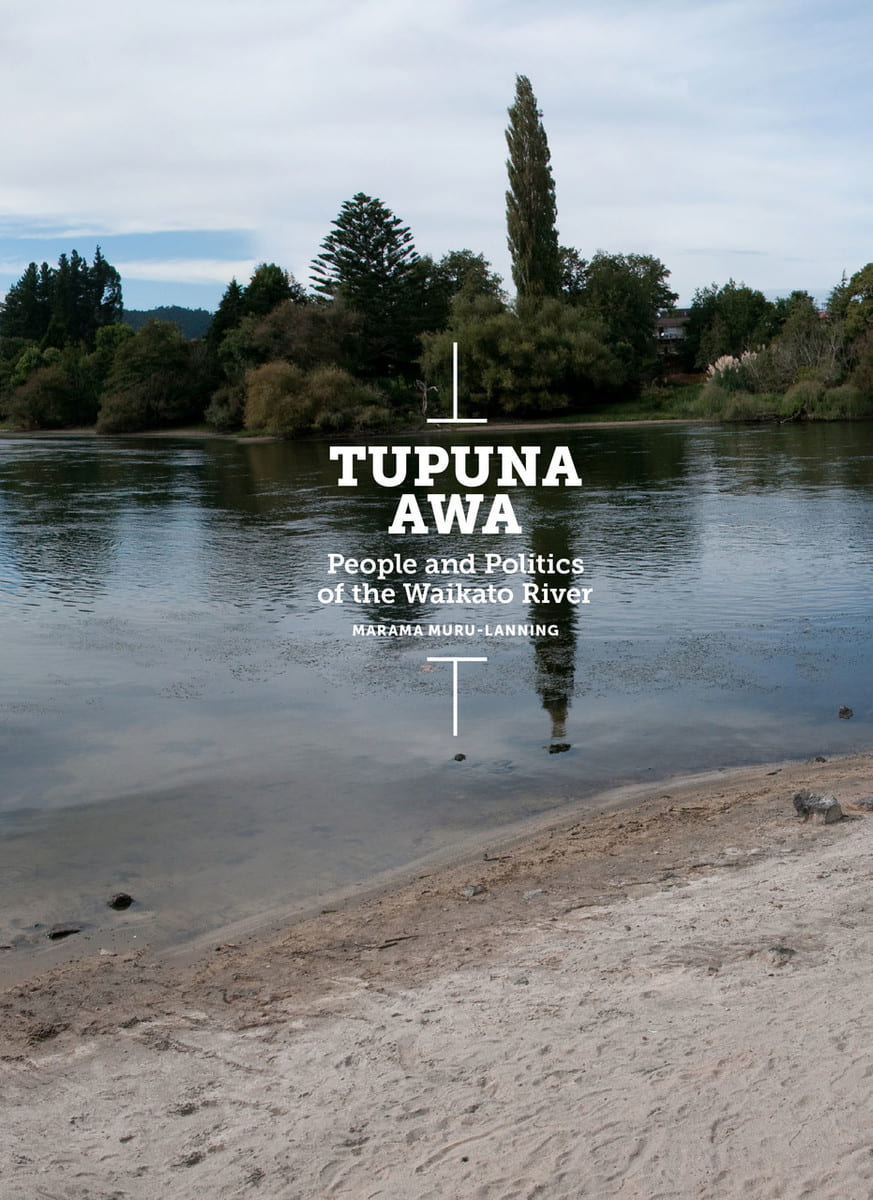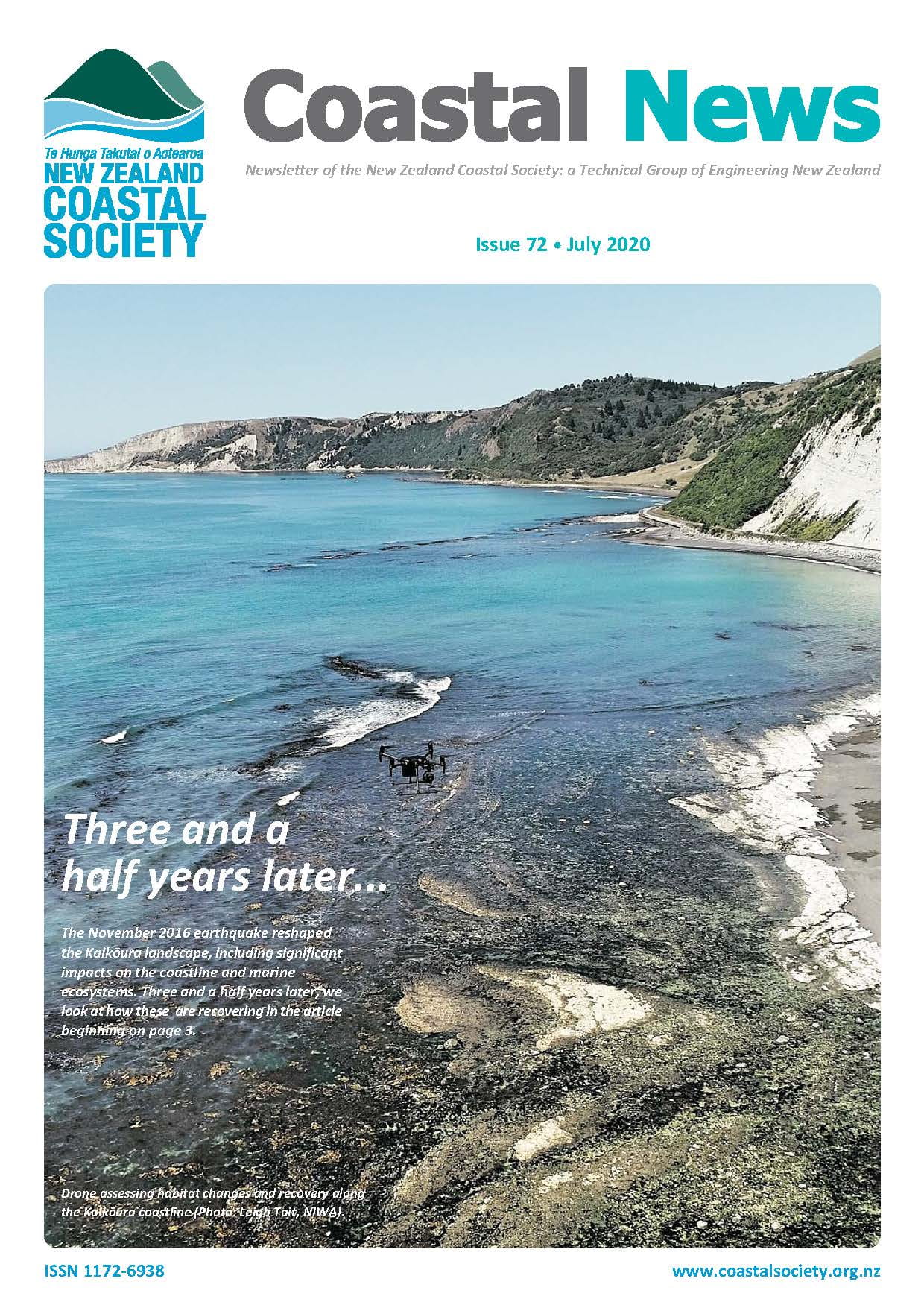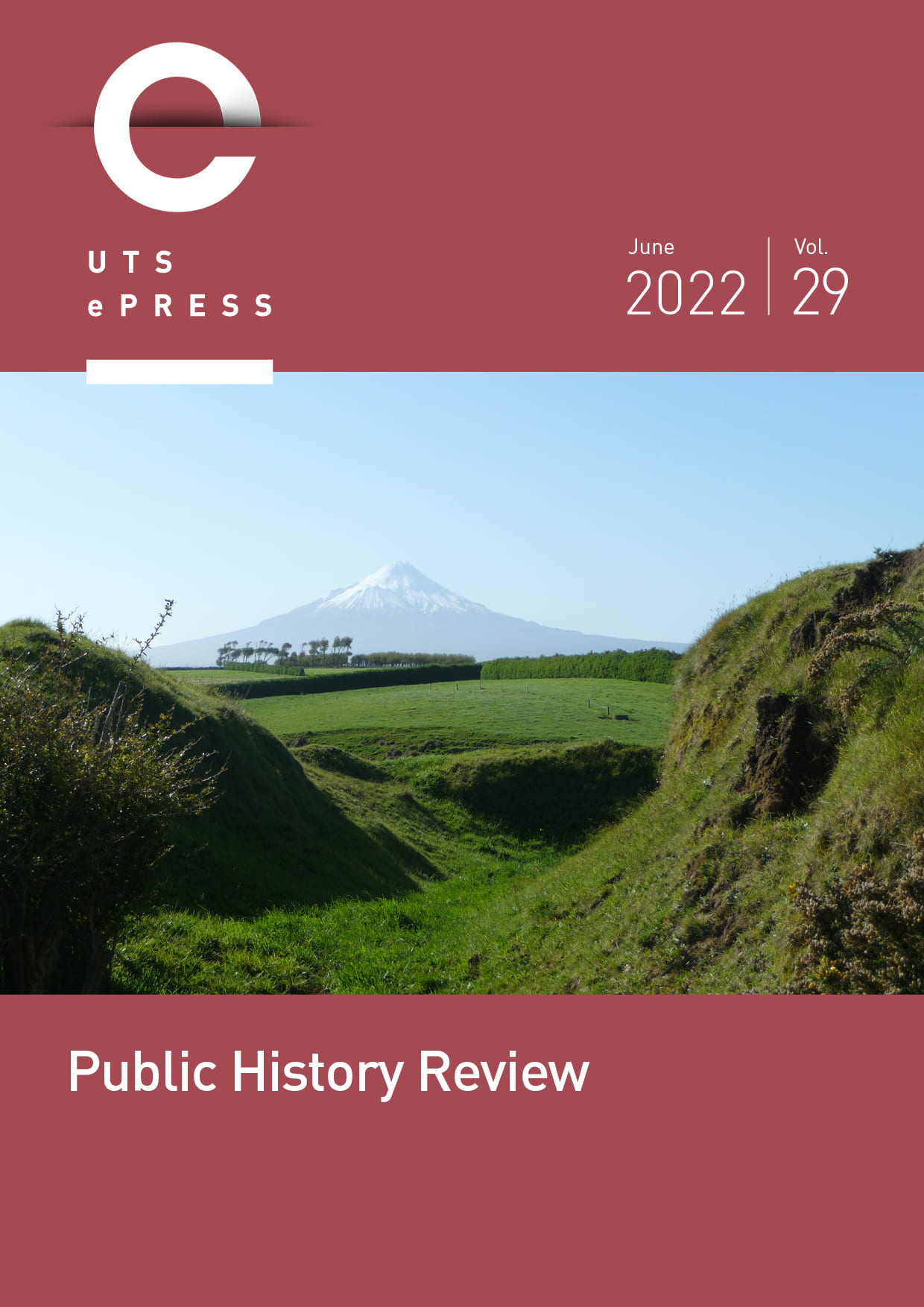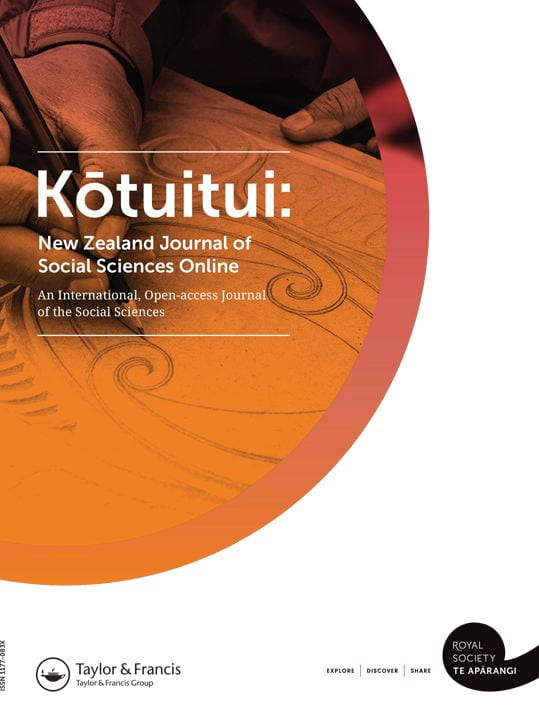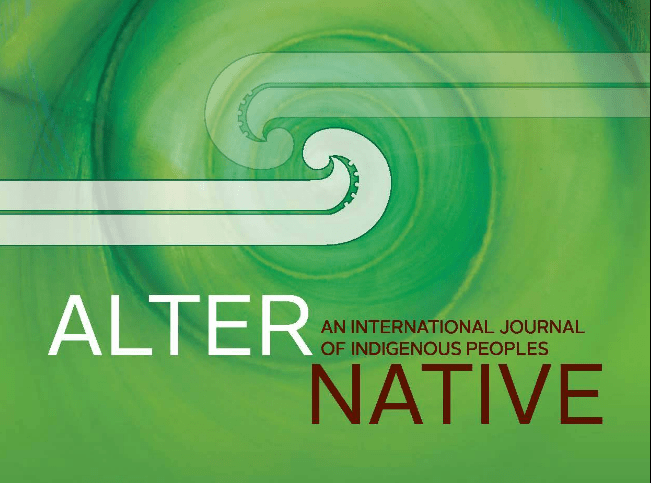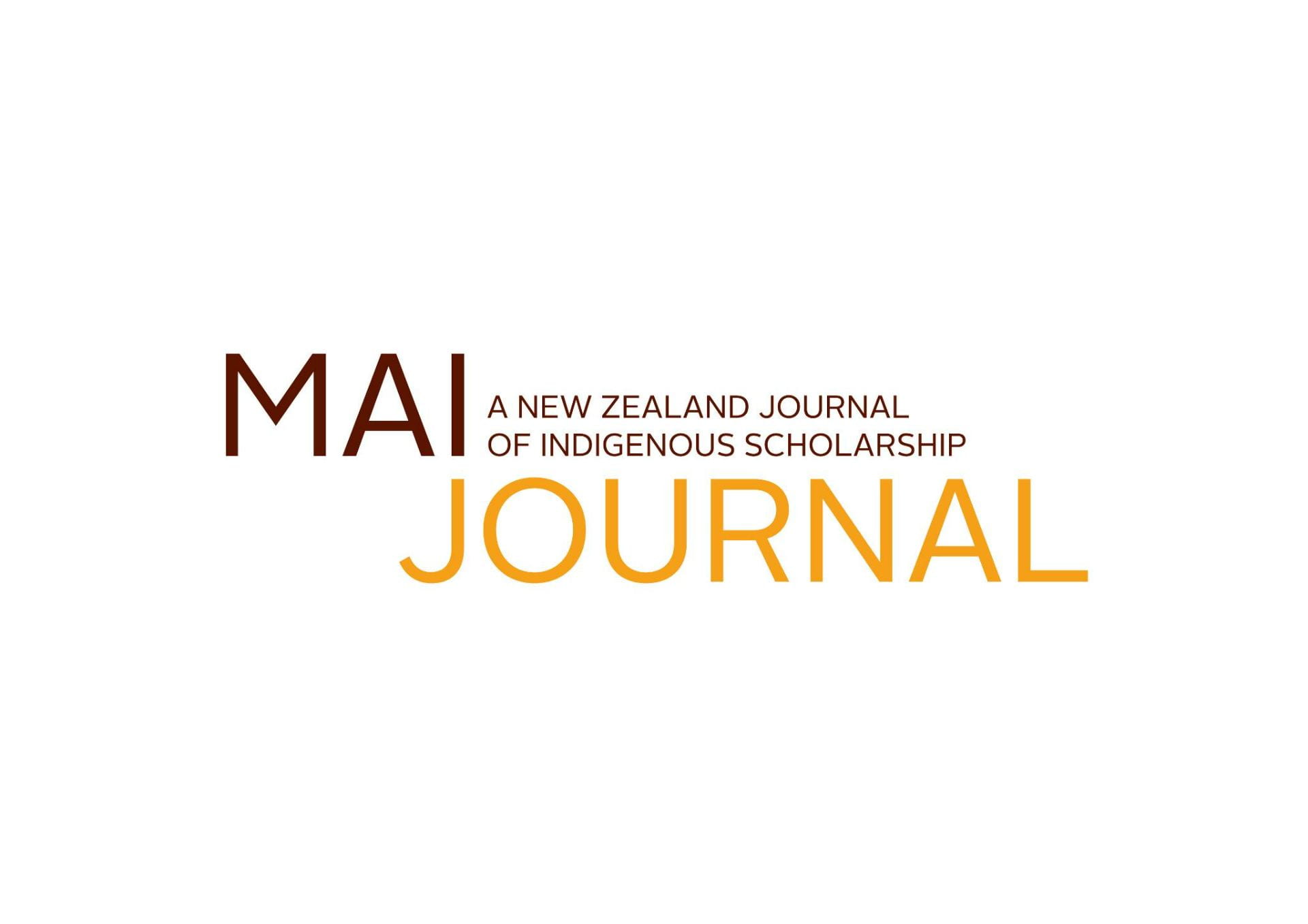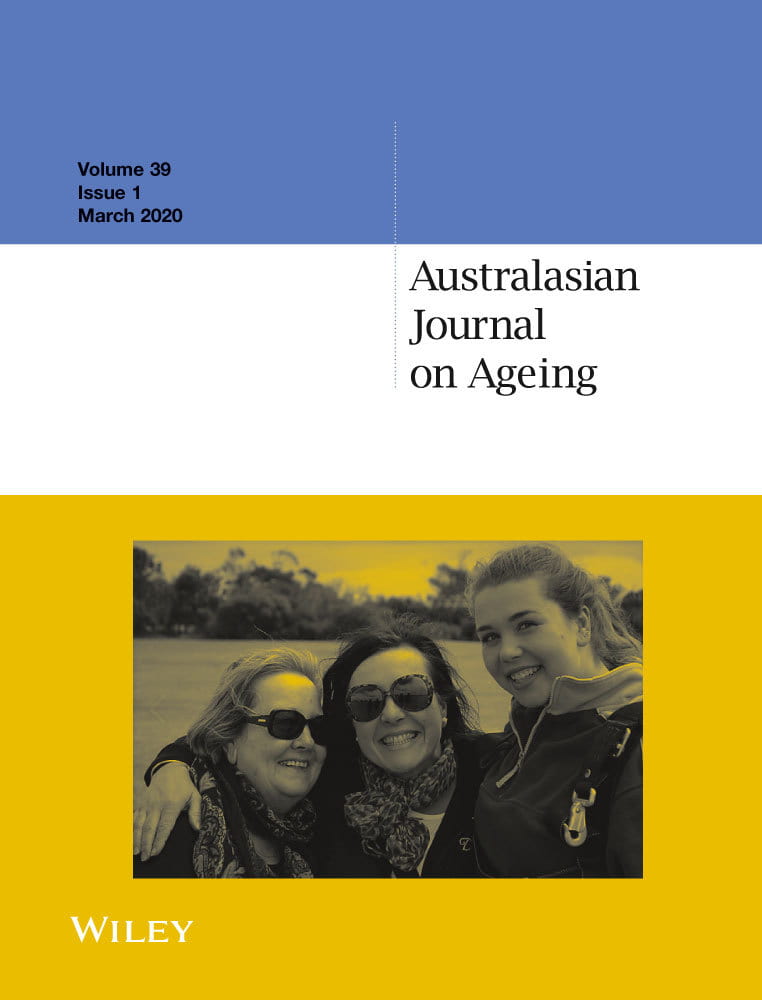Ngā Rangahau | Our Research
Our Philosophy
The philosophies of the centre are rooted in our Whakapapa framework and Te Whare Pūngāwerewere model.
The whakapapa framework recognises who we are as a research centre, how we were created and our place within Māori communities and the university. This is our link to the past, present and future. It is where mātauranga is stored and built upon, layer by layer, continually strengthening our relationships and our foundation for excellent research.
Te Whare Pūngāwerewere is our network and support mechanisms model. The purpose of the spiderweb is to nurture and provide sustenance for us as researchers within the centre. It is flexible and adaptable, extendable and retractable and if damaged, repairable. This is the strength of our model. In the heart of te whare pūngāwerewere are our support mechanisms, our Taumata board, our kāhui kaumātua and our community researchers – all of whom advise us along our journey.
Flaxroots community are always our priority – we can’t exist without our hapori and if we don’t know what the issues are at the flaxroots then we won’t be of any use as a research centre. Our focus is with Te Tai Tokerau communities and in recent years we have also extended our web to include communities within Waikato, Tauranga Moana and Whakatū. The holistic nature of Te Ao Māori sits easily within transdiciplinary research and you can see our transdiciplinary potential in the projects we have now but also within our ever changing whare pūngāwerewere.
The kōrero we hear through our research is the foundation of the mātauranga within the centre; we are a hub for community and academic researchers and a whare ruruhau for Māori and indigenous students. The centre is committed to appropriate dissemination and intergenerational transfer of knowledge. Te Whare Pūngāwerewere feeds back into our whakapapa framework, strengthening the ties we have with communities, students, emerging researchers, decision makers and the university.
Dr Tia Dawes – Co-Director James Henare Research Cenre, talking about our Kaupapa Māori based research ethos
Our Approach
Our approach to research excellence is founded on:
- Manaakitanga – support and encouragement
- Whanaungatanga – relationships
- Rangatiratanga – leadership
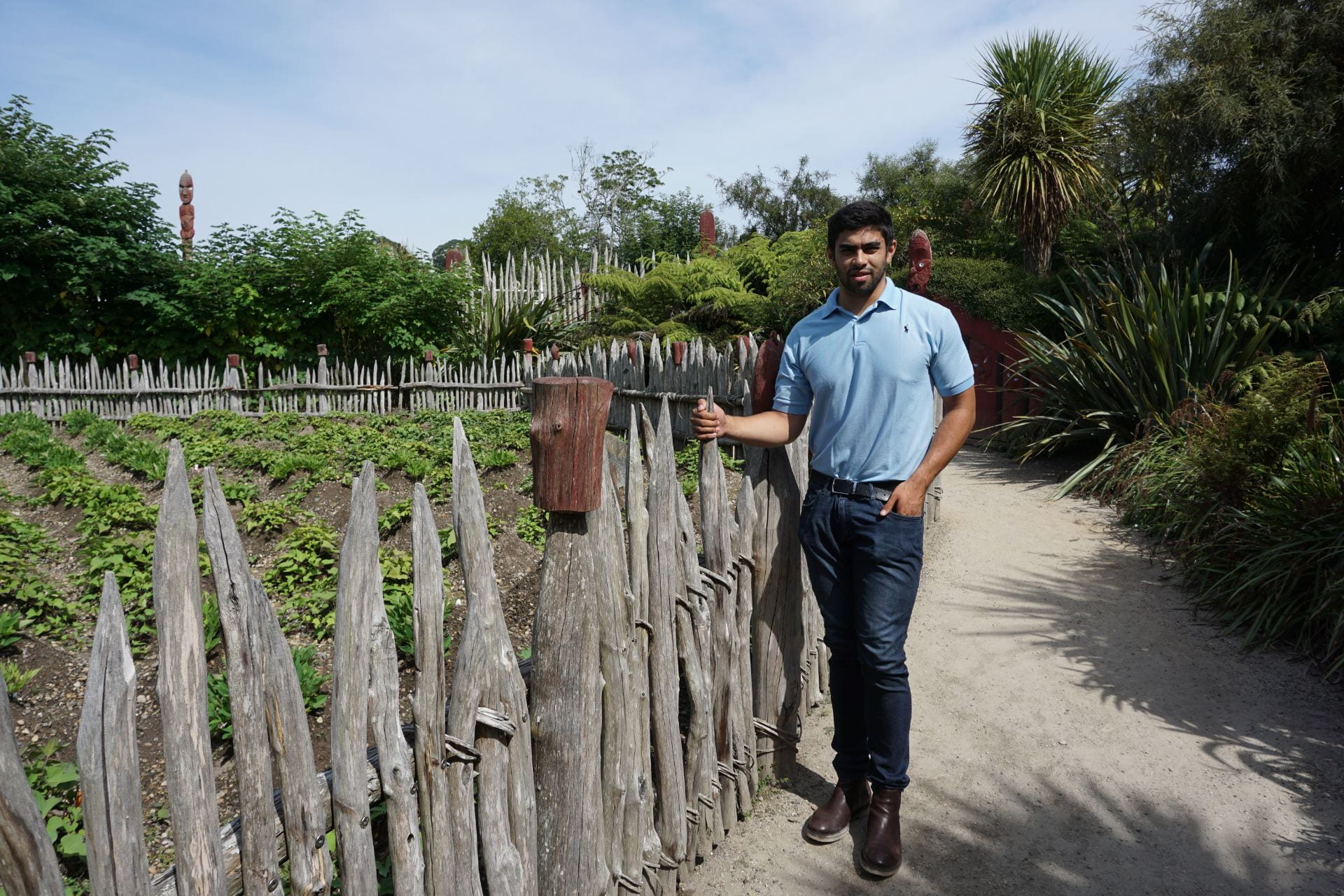
Our Research Activities
As we further grow into a leading transdisciplinary centre we will continue to do research that is of high value to tangata whenua. We envisage expanding on the themes below:
Kaumātuatanga
Kaumātua wellbeing, health, hauora, retirement needs, life stories, decision-making contributions and kaumātua activities
Te Hononga
Joining and connection through Mātauranga Māori research methods that allow connectivity with hapori kanohi-ki-te-kanohi and ā-ipurangi; rangatahi development of digital content; protection and security of JHRC data, including completion of Te Tai Tokerau Dictionary
Kaitiakitanga o te Kai me te Rongoā
Māori foods and rongoā sovereignty, importance of whakapapa in relation to soil and sand, gardens, bush, forests, rivers and the sea
Ngā Hangarau ka Puea
Māori interests in new robotic and emerging technologies, protection and security of Māori data and privacy of Māori algorithms
Rangatiratanga o te Wai
Māori access to water (waimāori and waitai), water security, privatisation and commodification of water, critique of the Three Waters Framework, property rights, kaitiakitanga, impacts of new and expanding ports on mana whenua
